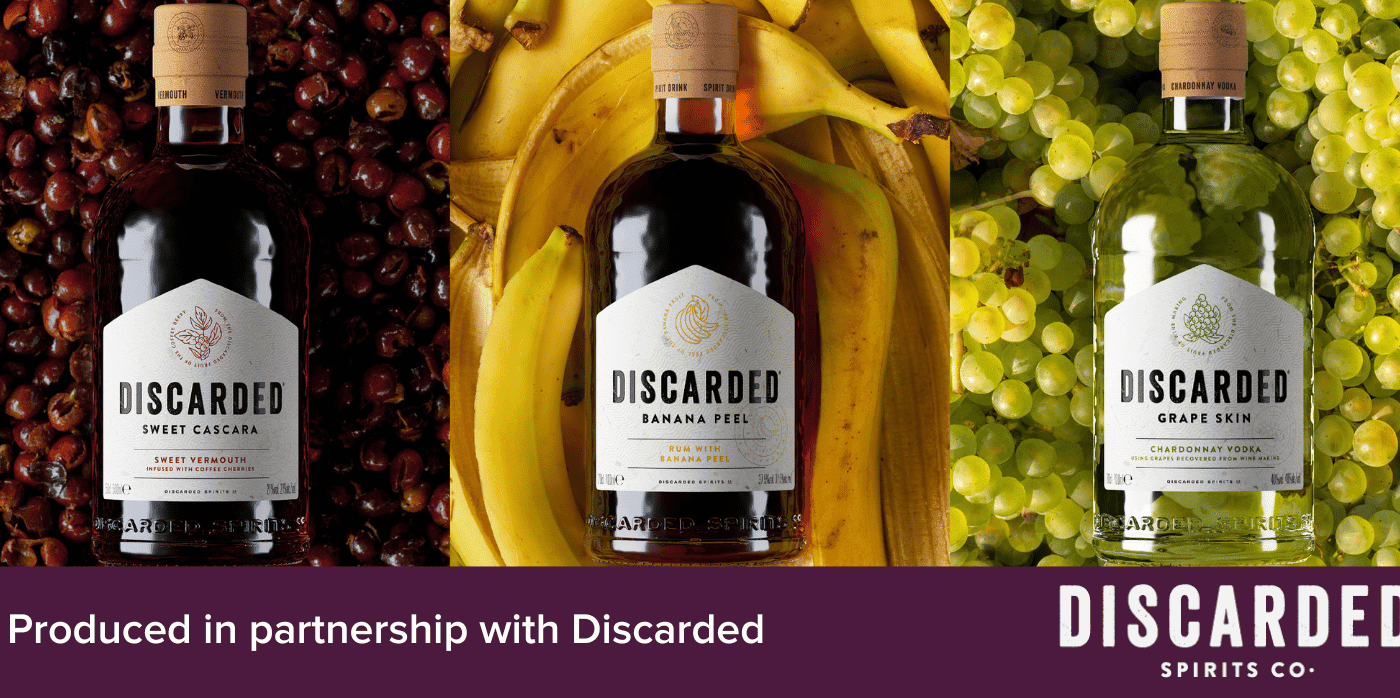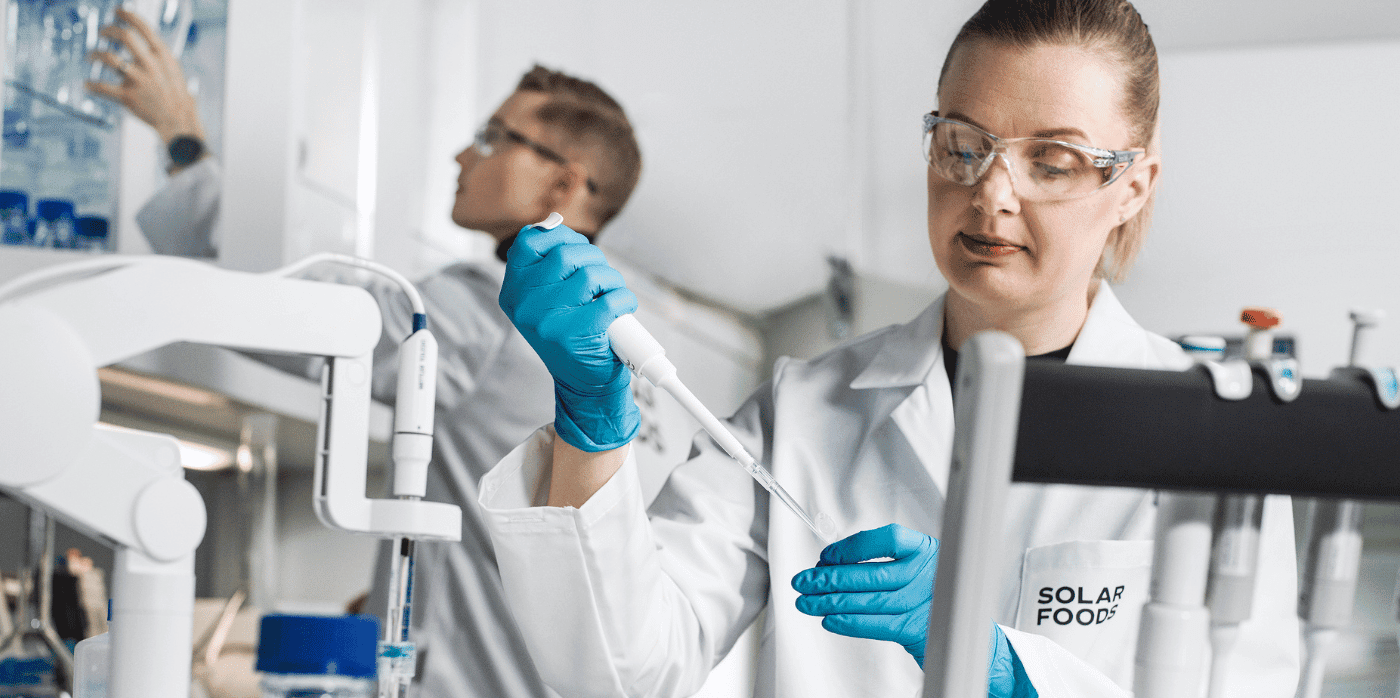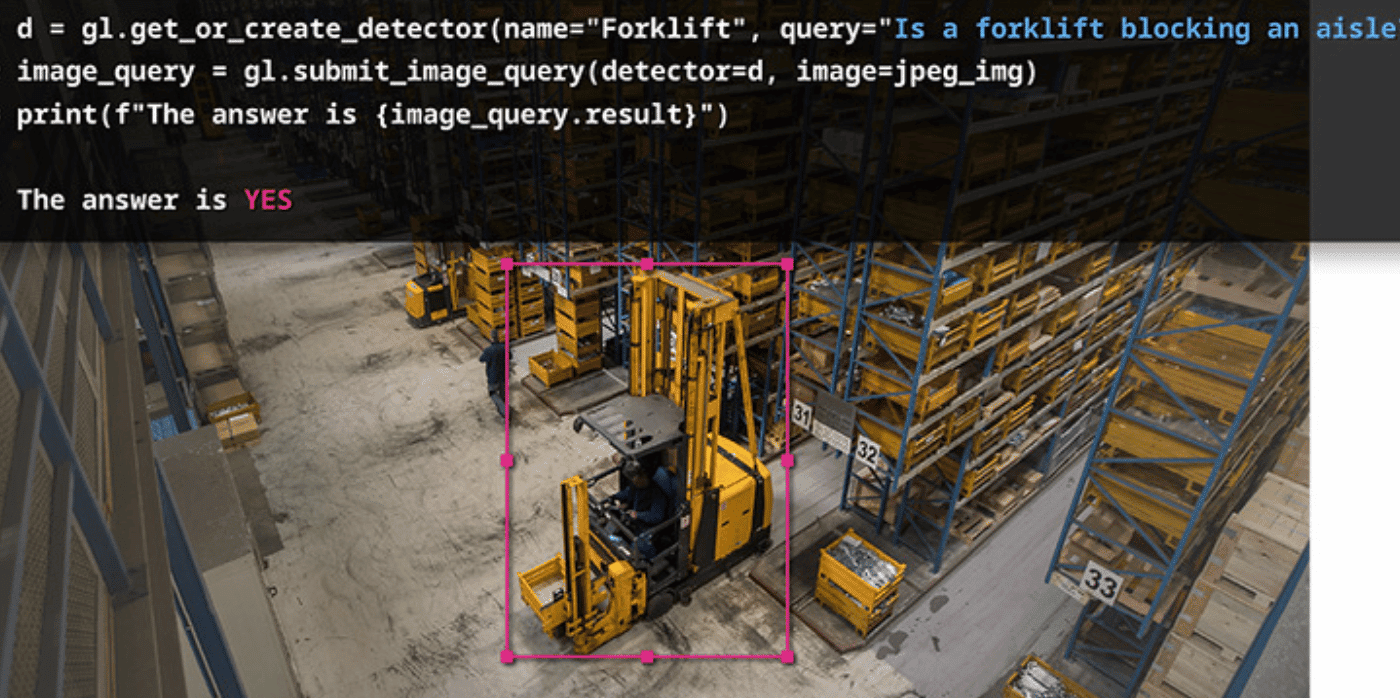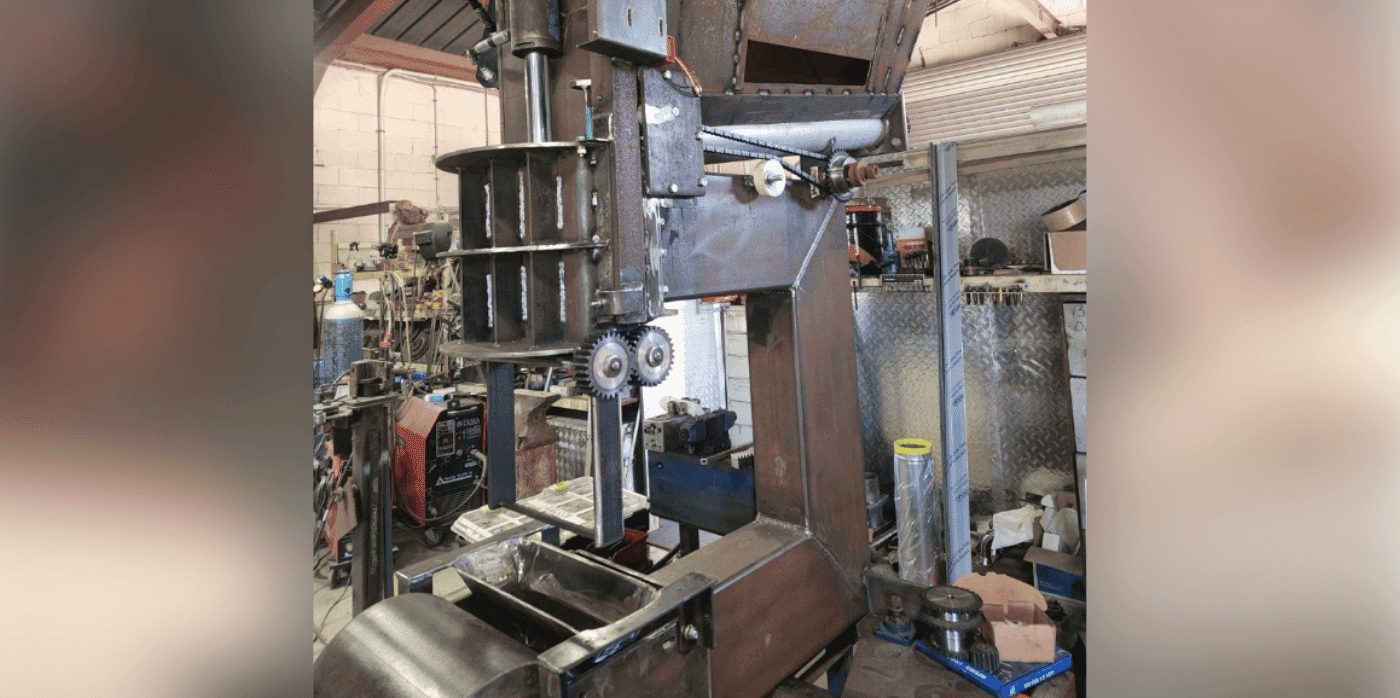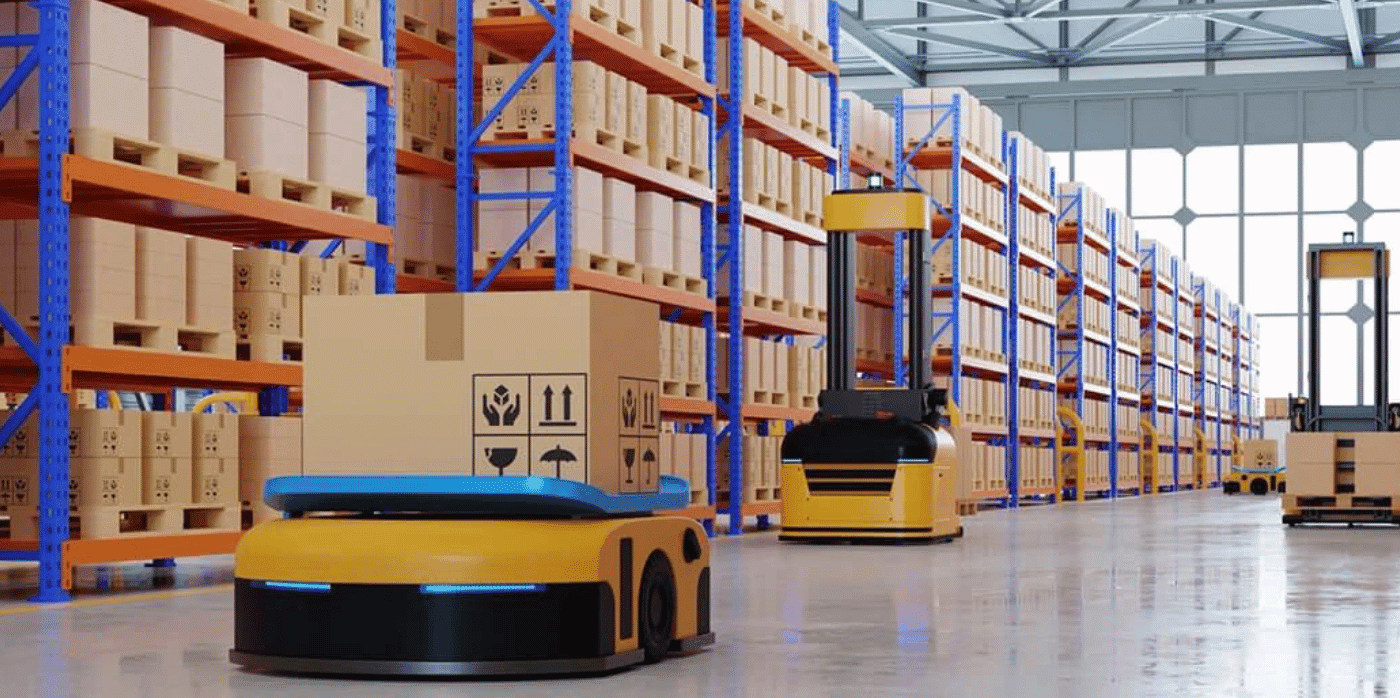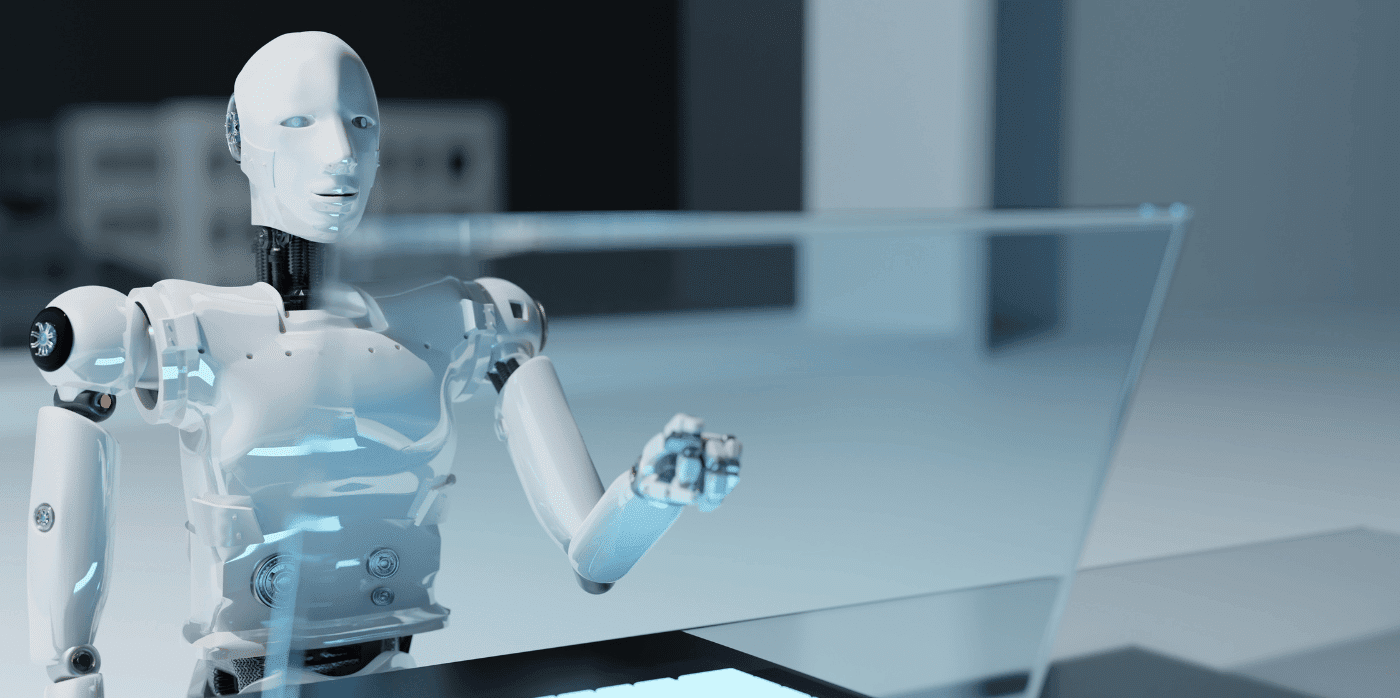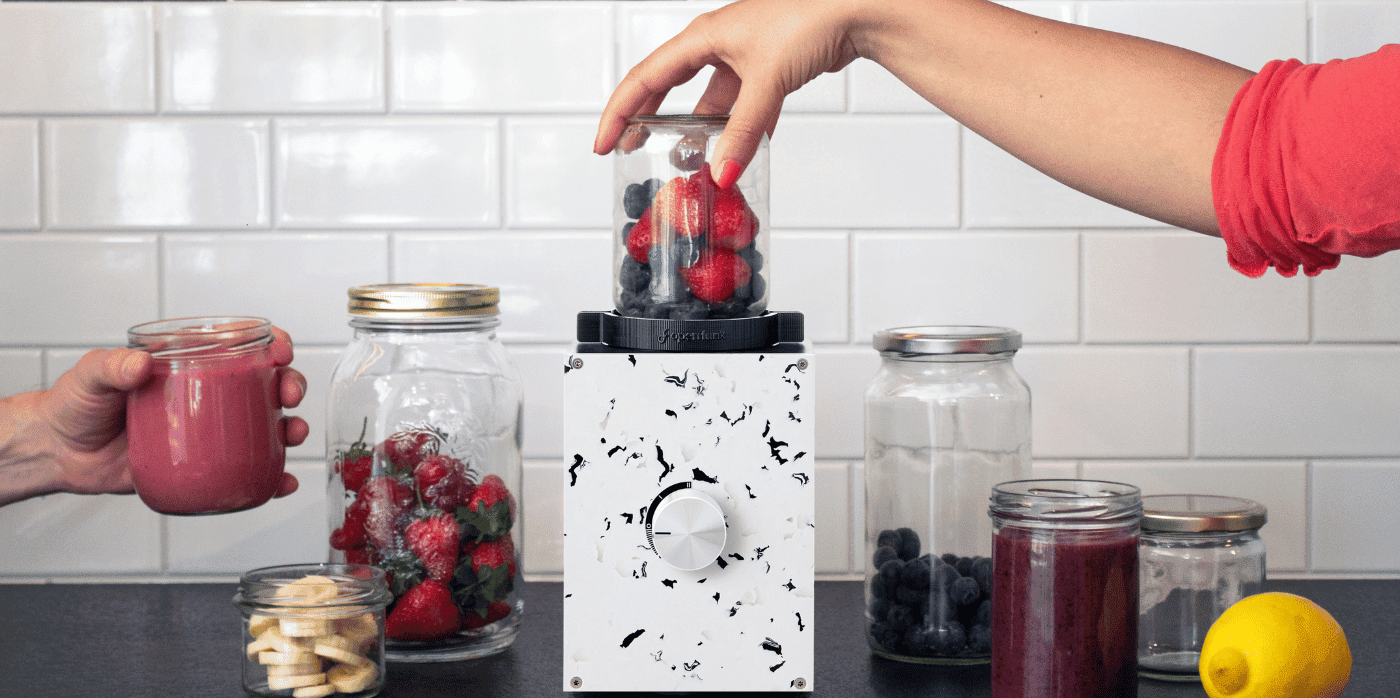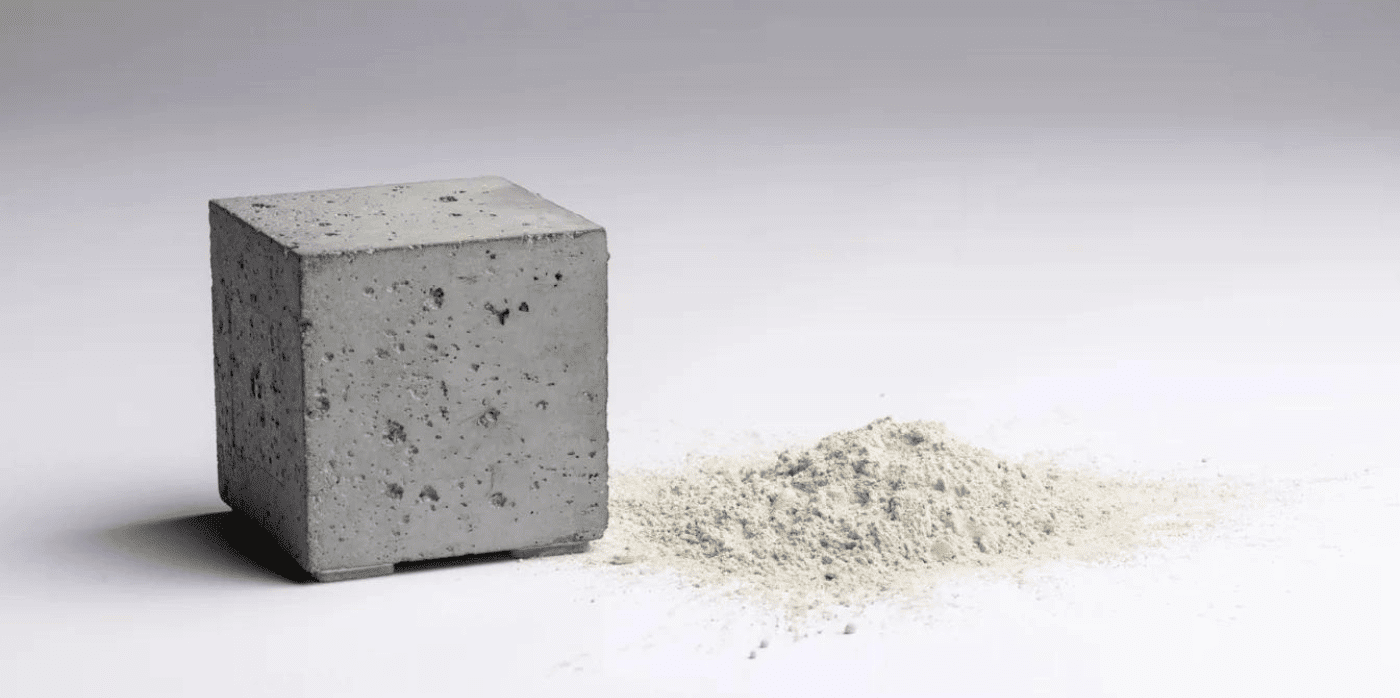Eliminating waste in the drinks industry

In the UK, around 500,000 tonnes of fresh produce is wasted in hospitality and food service each year. Globally, some estimates put the total amount of food wasted at 1.3 billion tonnes, which according to data from the United Nations equates to around 8-10 per cent of global greenhouse gas emissions.
A more innovative approach to waste produce is good for the planet and, as UK brand Discarded has discovered, it’s also good for the palette. Discarded is part of the Scottish company William Grant & Sons, famous predominantly for its whiskeys, and was the brainchild of the company’s innovation team who were looking for credible and impactful ways to build on its sustainability strategy. The first product to launch in 2018 was a Cascara Vermouth, made from the fruit that is usually discarded as part of the coffee production process, and trailed in a limited number of bars in the UK.
The pandemic gave the team the opportunity to develop the brand further and double down on its mission to make waste extinct and to inspire progress around reusing produce that would otherwise be thrown away and potentially contribute to methane emissions from landfill. A key objective was to think creatively about waste in order to transform it into a superior product.
The team went back to the drawing board for the packaging: the bottle is now fully recyclable and made from mostly recycled materials. The glass in the bottle is 65-70 per cent recycled, while the lid is 100 per cent recycled tin, waste cork, and recycled plastic, and the label is made from sugar cane pulp.
The vermouth had been a hit with bartenders but to really go mainstream, the brand had to consider something more mainstream. Enter, Banana Peel Rum and Grape Skin Vodka. The rum is made with a spirit base already available in the William Grant supply chain and leftover banana skins. With the vodka, the team wanted to show that the Discarded methodology could be applied to waste produce in other areas of the drinks industry. The result is a trio of liquids that taste good while trying to do good at the same time.
Want to know more? How do you make rum with banana skins? What exactly is cascara anyway? Our next article will feature a conversation with Discarded brand ambassador Sam Trevethyen about how each of the liquids is made and the plans for a roll-out beyond the UK.

